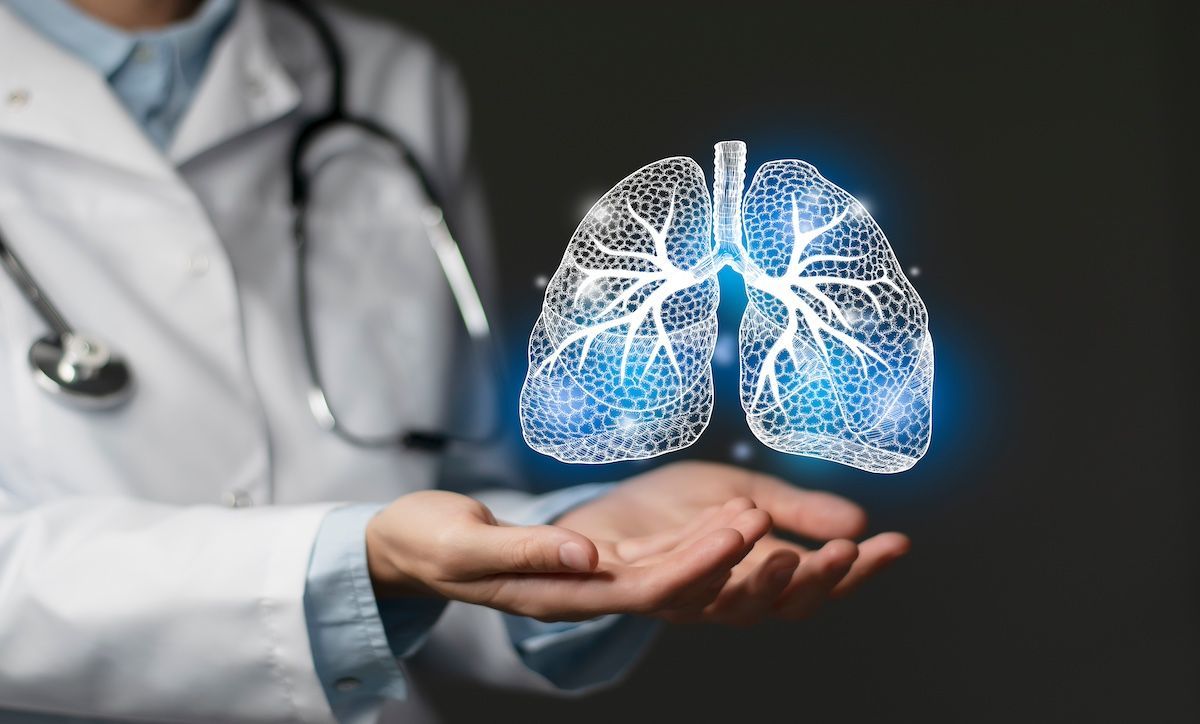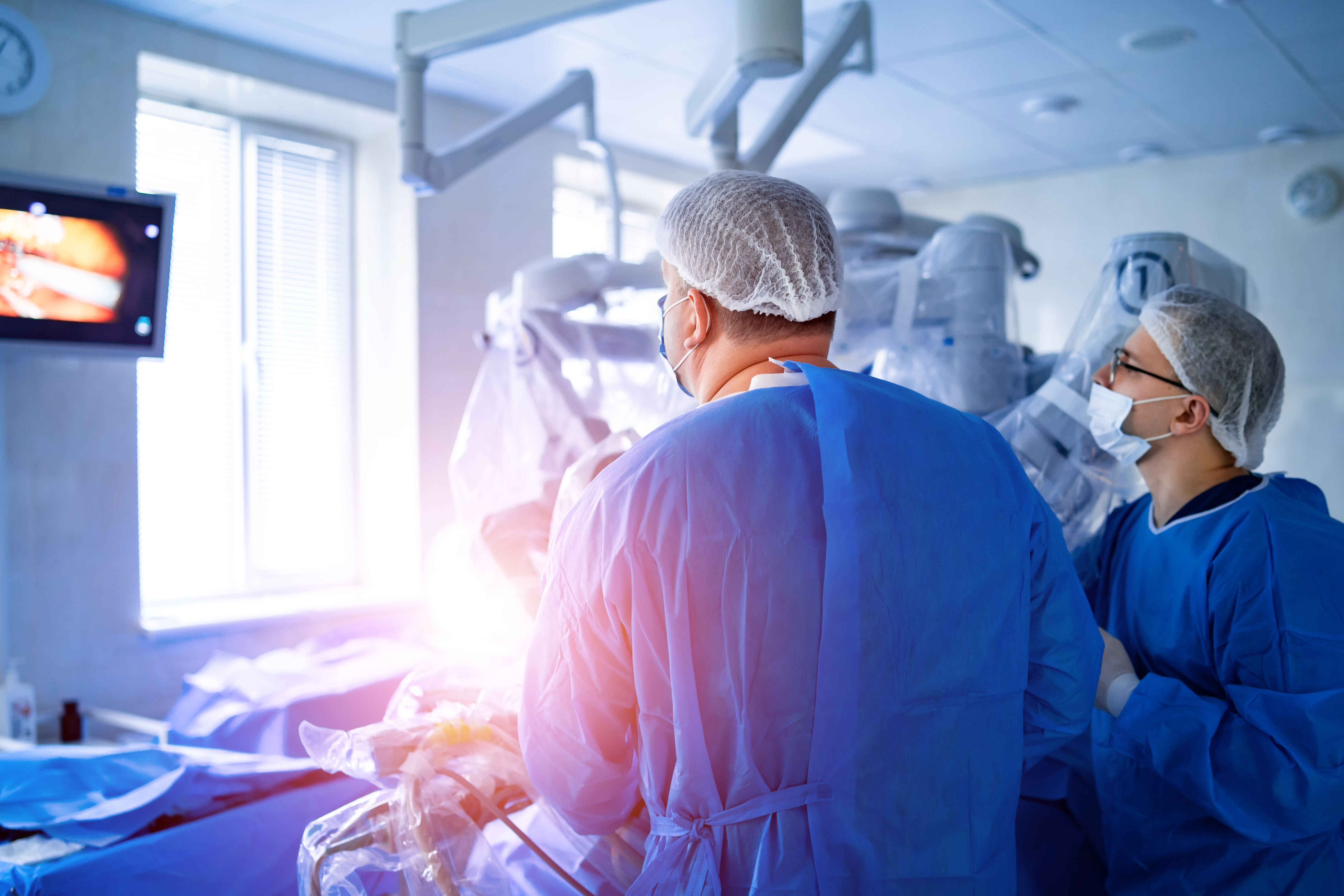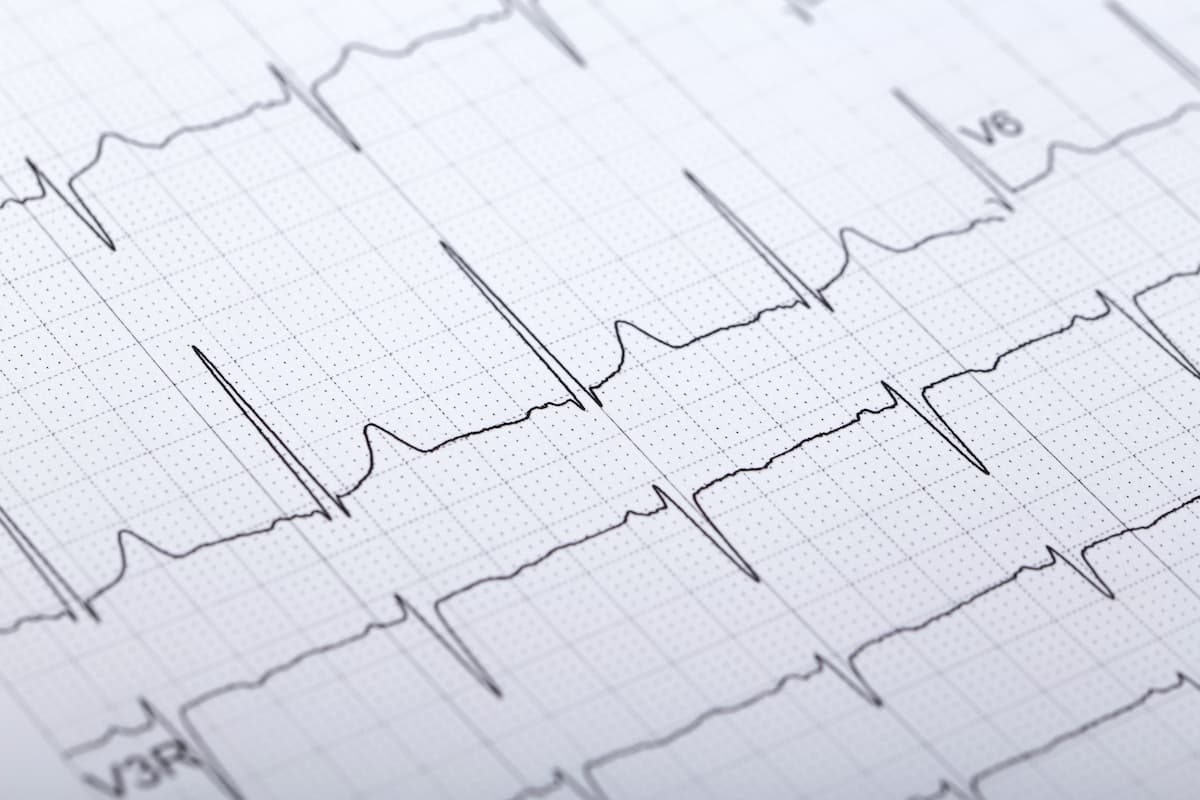News
Article
Learning From Past Innovations to Advance Ventilation Use in Respiratory Conditions
Author(s):
In a keynote presentation at ATS 2024, Hannah Wunsch, MD, MSc, of Weill Cornell Medicine, delved into how the history of breathing support dating back to the 1700s has set the stage for ventilation advances still being made today.
Hannah Wunsch, MD, MSc, of Weill Cornell Medicine, was welcomed to the stage at the American Thoracic Society (ATS) 2024 International Conference with an introduction from Lauren Ferrante, MD, MHS, ATSF, from the Yale School of Medicine, to deliver the second keynote of the meeting. Drawing lessons from the history of medical ventilation, the talk centered on the evolution of mechanical ventilation, beginning with early innovations in the 18th and 19th centuries.
She noted that initial efforts in positive and negative pressure ventilation were spurred by incidents like electrocution, gas poisoning, and drowning, as well as the challenges of thoracic surgery and respiratory diseases.

Wunsch explained that polio became a significant focus of ventilation research and that, despite many attempts to support breathing with positive and negative pressure ventilation failed to yield sufficient techniques in the 1700s–1800s, it’s important to acknowledge that polio was a predominant motivator for developing ventilation support at the time. Although polio is sometimes considered a “dead disease,” she outlined the similarities of the disease with COVID-19.
“Most people who are exposed to it are asymptomatic, develop antibodies, and no harm done,” she said. “For a small percentage who got polio, they would develop those nonspecific symptoms that are left to childhood, it would pass again with immunity, but for a very small percentage anywhere—depending on the strain—between about one and 5% would develop paralysis of some sort—the virus would leave the gut, go into the bloodstream, and attack the spinal cord and focus on the motor neurons.”
Forms of respiratory polio were “incredibly deadly” until 1928, when Philip Drinker, an American industrial hygienist, invented the iron lung, marking a critical intervention for spinal polio. Wunsch's presentation detailed the discovery journey and highlighted the first patient to use the iron lung, noting that the intervention was less effective for bulbar polio, which affected the brainstem and the ability to manage secretions.
“In 1928, at the Boston Children's Hospital, a little girl named Bertha Richard lived in the iron lung for 5 days before dying of polio,” Wunsch said. “But they considered it a success because they had been able to keep her alive for an extra 5 days.”
Highlighting the benchmarks made during World War II, she detailed the contributions of Danish anesthetist Bjørn Ibsen, a pivotal figure in the development of positive pressure ventilation.1 At this time, anesthesiology began to incorporate positive pressure techniques, though these advancements remained largely confined to operating rooms.
“Ibsen traveled to Mass General Hospital in 1949 to work under Henry Beecher for the year learning anesthesia, but he not only learned anesthesia—he felt this exposure to a different way of thinking and medicine.” Wunsch read a quote from Ibsen: "The young American doctors express themselves freely without inhibitions. I began to understand here that I was among doctors who thought differently than a lot of other ones than those I was familiar with."
The 1952 polio epidemic in Copenhagen brought about a pivotal moment. The Blegdam Hospital, led by Henry Lassen,2 faced an overwhelming influx of polio patients, many with bulbar polio, Wunsch shared. The mortality rate soared to 87%, and existing treatments, including iron lungs, proved insufficient. Ibsen proposed an innovative approach: tracheostomy and manual positive pressure ventilation, inspired by his experiences in the operating room and supported by the limited literature on the subject.
Initially met with skepticism, his method was put to the test on a young girl who was on the brink of death, Wunsch continued. The successful intervention not only saved her life but also demonstrated the potential of positive pressure ventilation.
“There was only one problem,” she said. “There were no ventilators in all of Denmark, and there were only a few in the entire world. So instead of doing what we do now— rolling in the machines, making a switch, and walking away—they called on the medical students in Copenhagen to come sit at the bedside to hand ventilate these patients 24 hours a day.”
This unprecedented mobilization involved over a thousand medical students who provided essential care 24 hours a day.
“They came initially in the dozens and then in the hundreds, and ultimately, 1200 medical and dental students took part in the care of these patients,” Wunsch explained. “Some of these medical students had never touched a patient before.”
A significant breakthrough came with the realization that carbon dioxide retention, rather than metabolic alkalosis, was the primary issue in polio patients. Dr. Poul Astrup collaborated with Radiometer, a local company, to develop the first blood gas analyzer, allowing for real-time monitoring and adjustment of ventilation based on precise measurements of blood pH and carbon dioxide levels.
The presentation explored how the shift to mechanical ventilation represented both a technological breakthrough and a loss of human interaction in patient care. The significance of this innovation was recognized and published in the Lancet in early 1953.3
Ibsen was eventually offered a position at a municipal hospital rather than a prestigious university professorship, but Wunsch explained that this ultimately led him to focus on what truly mattered to him: patient care. This environment enabled him to create what is considered the first modern ICU, complete with continuous staffing, blood gas analysis, basic mechanical ventilation, and specialized nursing. These innovations were crucial in advancing respiratory care beyond the needs of polio patients, laying the foundation for comprehensive ICUs utilized today.
The legacy of these early ICUs and mechanical ventilators extends far beyond their initial use, Wunsch concluded. They set the stage for modern critical care medicine, where the focus shifted from managing specific diseases like polio to providing intensive care for a wide range of conditions. This evolution was driven by both necessity and the innovative spirit of medical professionals who saw the potential in these early devices, she continued. The introduction of positive pressure ventilation was a game-changer, although there is ongoing research into the potential benefits of negative pressure ventilation for certain patient populations, a topic that has gained renewed interest following the COVID-19 pandemic.
References
1. Richmond C. Bjørn Ibsen. BMJ. 2007 Sep 29;335(7621):674. doi: 10.1136/bmj.39344.561250.BE. PMCID: PMC1995525.
2. West JB. The physiological challenges of the 1952 Copenhagen poliomyelitis epidemic and a renaissance in clinical respiratory physiology. J Appl Physiol (1985). 2005 Aug;99(2):424-32. doi: 10.1152/japplphysiol.00184.2005. PMID: 16020437; PMCID: PMC1351016.
3. LASSEN HC. A preliminary report on the 1952 epidemic of poliomyelitis in Copenhagen with special reference to the treatment of acute respiratory insufficiency. Lancet. 1953;1(6749):37-41. doi:10.1016/s0140-6736(53)92530-6
Newsletter
Stay ahead of policy, cost, and value—subscribe to AJMC for expert insights at the intersection of clinical care and health economics.





